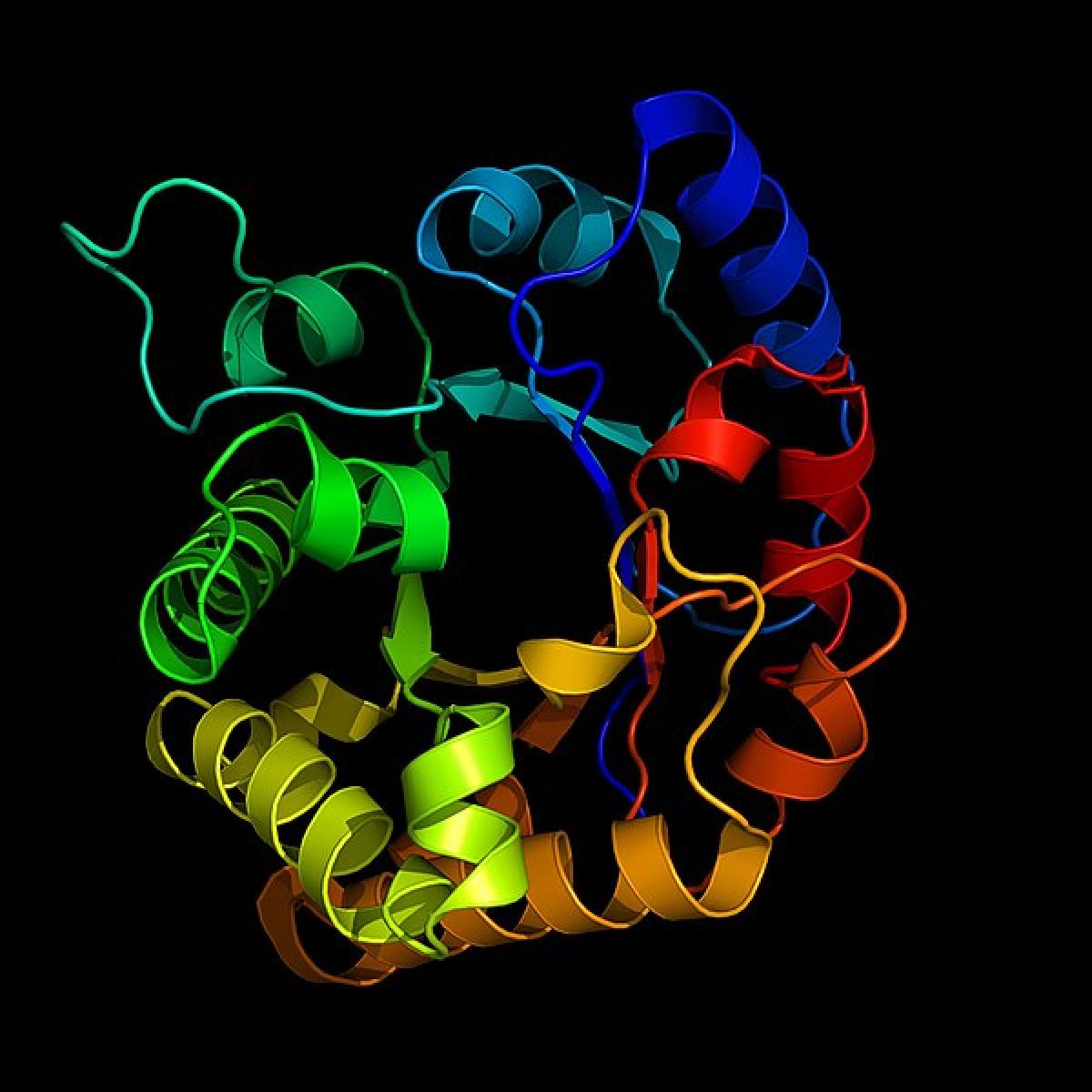Follow us on Google News (click on ☆)
These specialized proteins act with unmatched precision and speed. For example, acetylcholinesterase degrades thousands of acetylcholine molecules per second, thus preventing muscle paralysis. This efficiency inspires scientists to imagine enzymes capable of breaking down plastic, capturing CO₂, or targeting cancer cells. However, designing such enzymes remains a significant challenge, requiring a deep understanding of their structure and function.
How do enzymes work?
Enzymes are proteins composed of amino acids, whose sequence determines their shape and function. Each enzyme has an active site, a specific region where chemical reactions take place. This site acts like a lock, perfectly fitting the target molecule, the key, to accelerate its transformation.
The three-dimensional structure of enzymes is crucial. A tiny modification, on the scale of an atom's width, can significantly reduce their efficiency. This complexity makes their design extremely difficult, as each amino acid must be positioned with atomic precision to ensure proper functioning.
Artificial intelligence in enzyme design
Traditionally, scientists modified existing enzymes or used directed evolution to enhance their performance. These methods, while useful, are limited by their reliance on natural structures. The advent of artificial intelligence changes the game, enabling the design of entirely new enzymes.
Recently, a research team used an AI model called RFdiffusion to generate serine hydrolase-type enzymes capable of degrading ester bonds. These digitally designed enzymes showed superior efficiency compared to those created by traditional methods. Crystallographic structures confirmed that the AI-generated enzymes matched the predicted models almost perfectly.
These advancements pave the way for creating custom enzymes for industrial and medical applications. By combining AI with prediction tools like PLACER, researchers can now design enzymes with specific functions, offering innovative solutions to complex problems.
The use of AI to generate custom enzymes opens up limitless medical and industrial applications at a lower cost
To go further: What is an active site?
The active site is a crucial region of an enzyme, often compared to a molecular lock. This is where the magic happens: the target molecule, called the substrate, binds to the enzyme to be transformed into a new product. This interaction is highly specific, as the shape and chemical composition of the active site must perfectly match those of the substrate, like a key in a lock.
The amino acids that make up the active site are arranged to create a unique chemical environment. Some amino acids stabilize the substrate, while others directly participate in the chemical reaction by acting as catalysts. For example, they can transfer electrons, protons, or even form temporary bonds with the substrate to facilitate its transformation.
The precision of the active site is such that a tiny modification, like the displacement of a single atom, can render the enzyme ineffective. This sensitivity explains why designing artificial enzymes is so complex. Researchers must not only replicate the overall structure of the enzyme but also ensure that each amino acid in the active site is positioned with atomic accuracy.
Finally, the active site is not a rigid structure. It can undergo conformational changes, called induced-fit movements, to better adapt to the substrate. This flexibility is essential for optimizing the efficiency of the chemical reaction. Understanding and reproducing these mechanisms is at the heart of current research in molecular biology and AI-assisted enzyme design.
